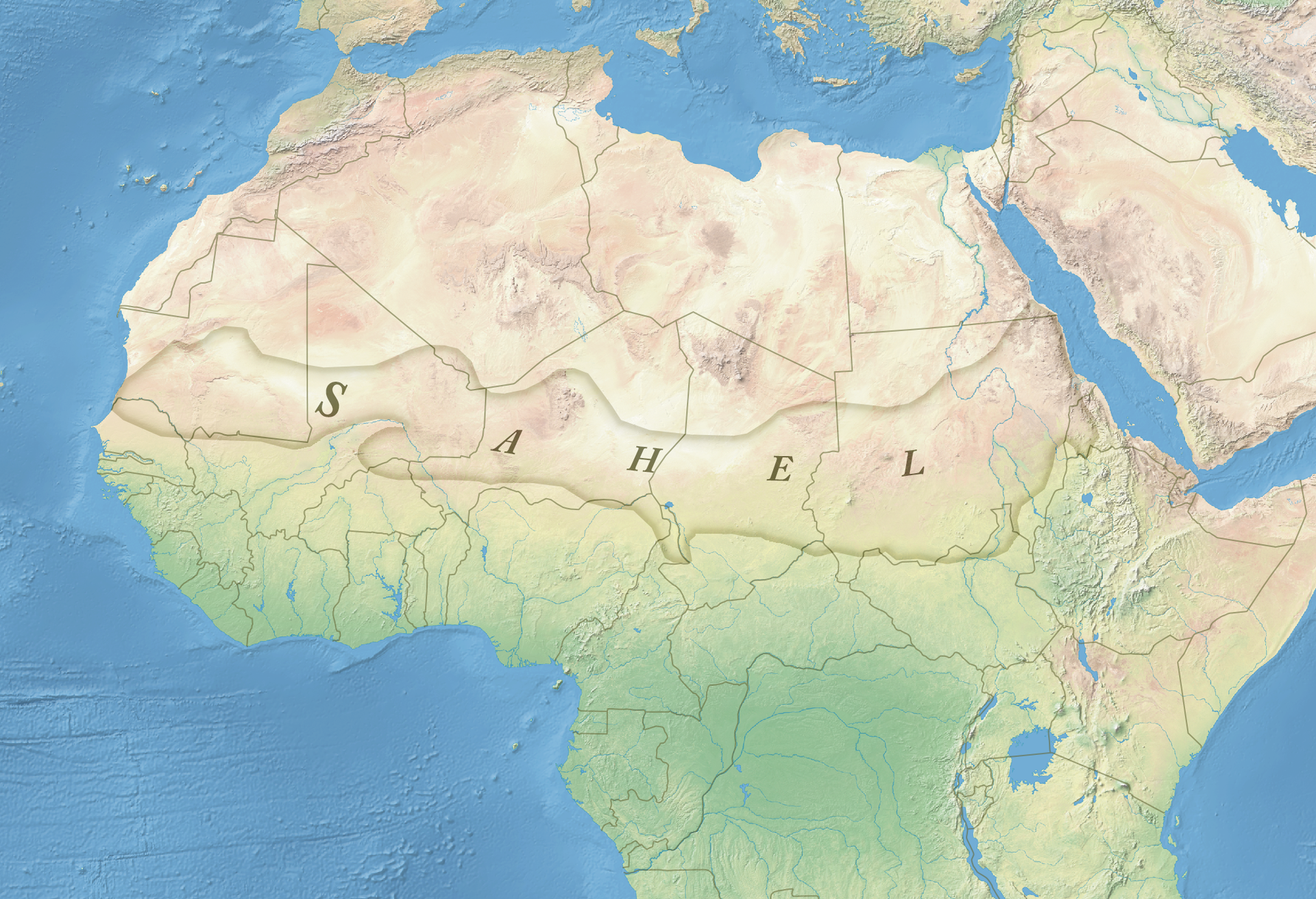
This post on the water crisis in the Sahel is part of my ongoing blog series on the global water crisis.
In my last post for this series looking at the global water crisis, we looked at the growing concern of the coming water wars as resources grow scarce in various parts of the world. The reality is that this is already occurring. We don’t call them water wars. We call them terrorism, ethnic conflicts and the like, but increasingly experts are taking note of the common factor of water shortage at play in many of the conflicts around the world today.
In 2012 the US intelligence community published a report warning that water scarcity could combine to issues of poverty, corruption, along with social tensions and lead to the collapse of weakened nation-states. We are seeing this occur today. Drought and water scarcity in the Sahel region of Africa is an example of this.

The Sahel is a region of the African continent that includes 26 countries. It sits between the Sahara in the north and the Sudan Savana to the south.
The United Nations has noted how terrorist groups like Boko Haram are thriving on water shortage issues in western Africa. As 30 million people in Nigeria, Chad, Niger, and Cameroon compete for the shrinking water sources of Lake Chad tensions have developed. Massive ecological, sociological, and political changes are occurring as the basis of these nations and the wider Sahel region suffer under the weight of the water crisis.

In the past four decades, Lake Chad has shrunk by 90% even while the population in this area has grown to 17 million people. It is not simply a matter of people being thirsty. Whole economies and food systems have collapsed as the water in the area has disappeared. Poverty spread, frustration grows, resentment takes roots and out of the original water crisis springs various forms of terrorism and violence.

As the deserts of the Sahel grow larger and the water sources grow smaller groups like Boko Haram and Jama’at Nasir al Islam wal Muslimin (JNIM) and ISIS are growing more influential and rampant in the region. The citizens of the 26 countries who make up the region known as the Sahel have lost trust in their governments to ease the water crisis and also the growing terrorism crisis.
- Read Also: Water Stress in Sub-Saharan African (Council on Foreign Relations)
- Read Also: The Sahel is Engulfed By Crisis (World Economic Forum)
Fifty million people in the Sahel depend upon water sources for agriculture. Meanwhile, 80% of the farmland in the region has degraded. As populations move within the region to find water sources for themselves and their livestock the risk for violence grows larger with new immigration flows into countries already facing the strain of the Sahel water crisis on their own.


